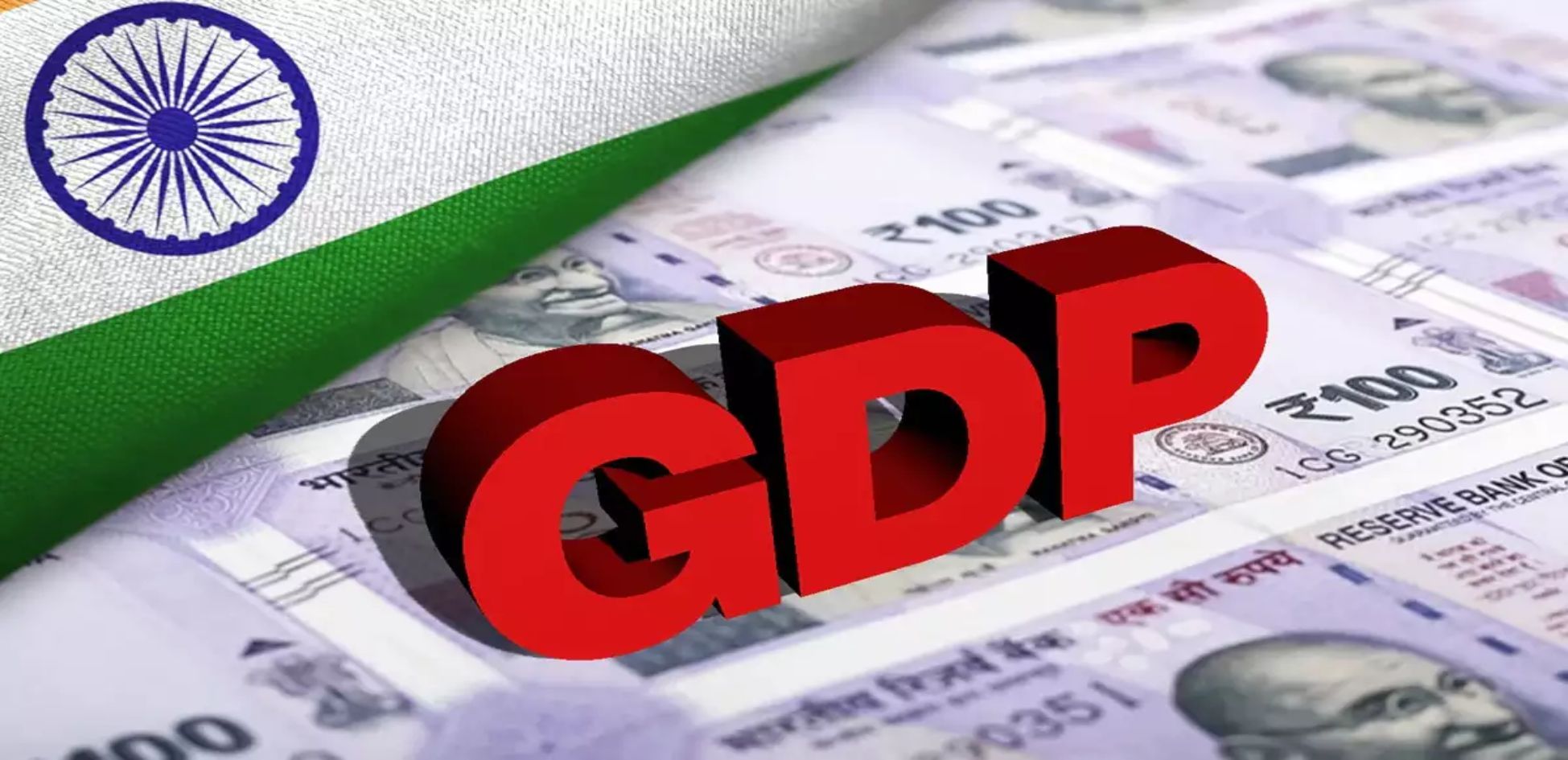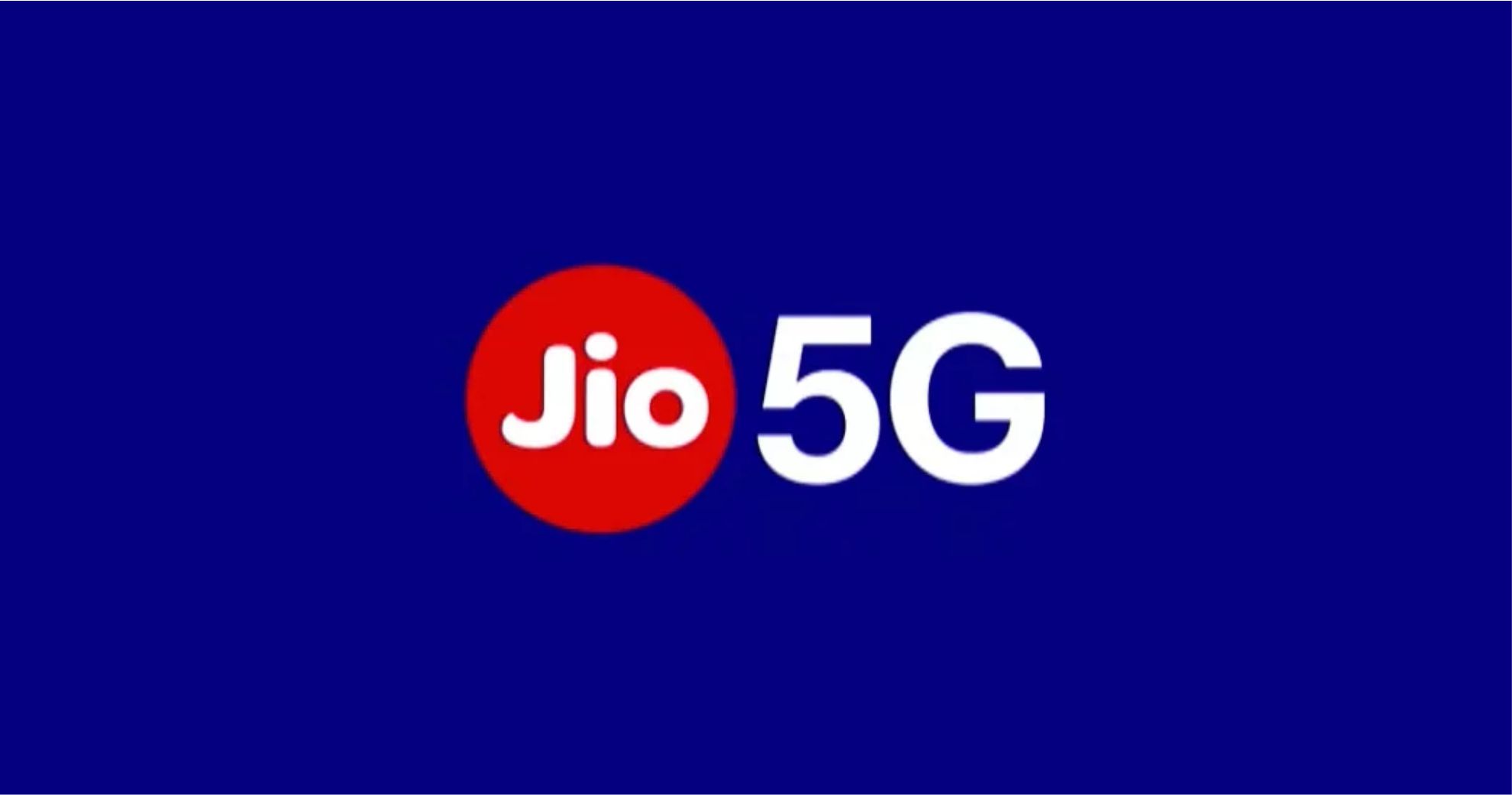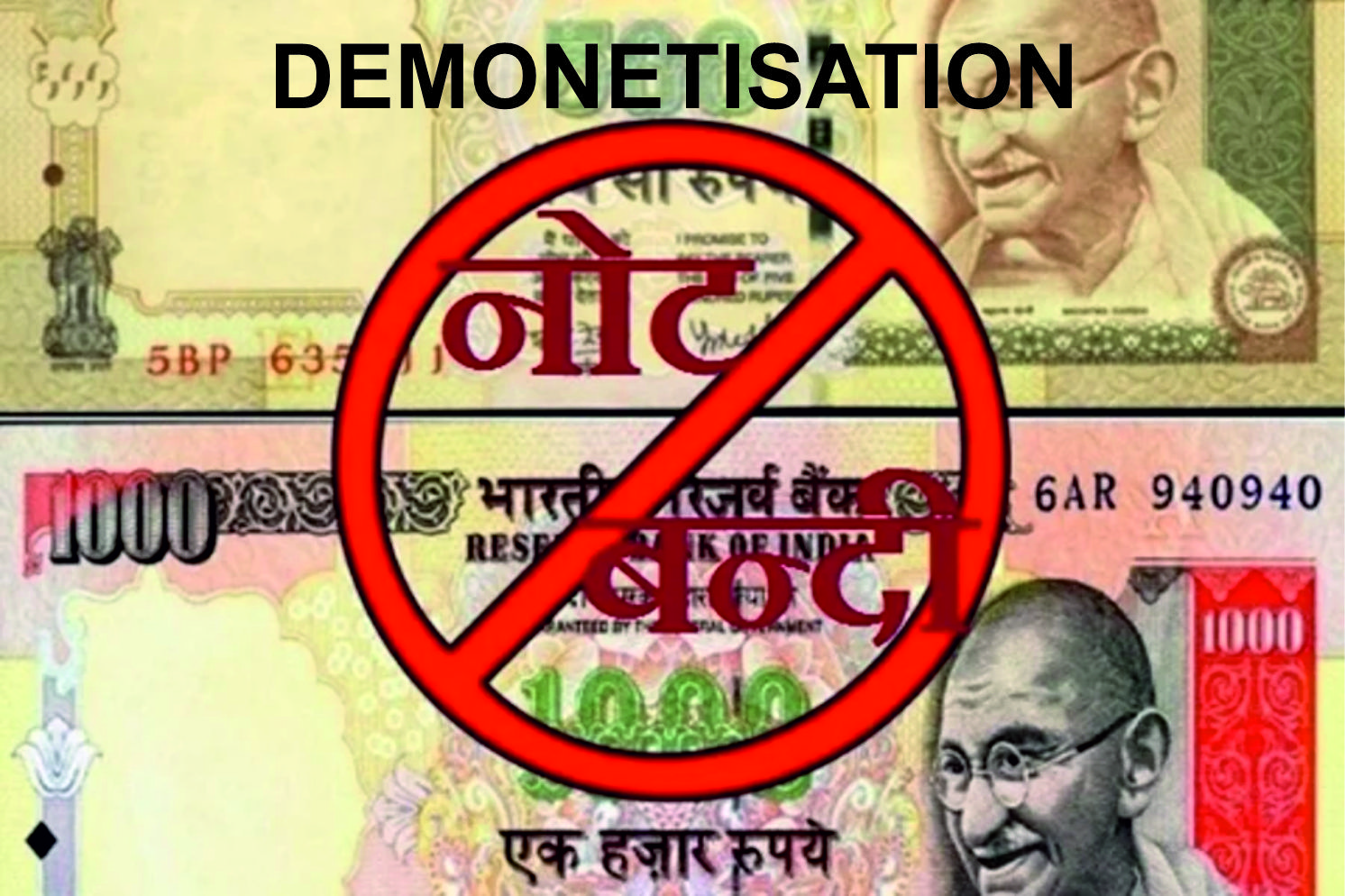GDP Growth Figures Misaligned with Consumption and Income Metrics

The robust 8.4% real GDP growth recorded in the third quarter stands in stark contrast to the challenging situation faced by households in terms of consumption and income. Recent data from the national expenditure survey (covering 2022-23) revealed a modest 3% growth in real consumption over the past 11 years, while the Periodic Labour Force Survey (PLFS) indicated stagnant real incomes over the past four years. Additionally, there has been lackluster demand shown by most consumer companies.
The persistent disparity has become more pronounced in the Q3 figures, evidenced by: a) a significant contribution from the discrepancy component, b) a notable increase in net indirect taxes leading to higher expenditure GDP, and c) a disproportionate decrease in imports compared to the decline in consumption.
Of particular note is the latest projection for nominal GDP in FY24, which at INR 293.9 trillion reflects a decrease of 2.6% from the FY24 budget projection and -0.9% from the initial advance estimate.
In terms of headlines, the Q3FY24 GDP growth of 8.4% Year-on-Year exceeded the projections of the Central Statistics Office, prompting an upward revision in the second advance estimates (AE) for the full year FY24 to 7.6% YoY compared to the initial AE of 7.3% YoY (Jan’24).
However, on a seasonally adjusted basis, real GDP only experienced a modest increase of 0.8% quarter-on-quarter (QoQ), translating to an annualized growth rate of 3.1%. When looking at the average QoQ increase during Q1-Q3 FY24 at 1.7%, the annualized growth rate stands at 4.1%.
The core GDP, excluding the discrepancy or unaccounted portion, grew by 4.7% YoY, representing only 55% of the headline GDP growth. Furthermore, with a QoQ seasonally adjusted growth rate of 0.9% in Q3, the annualized growth in core GDP during Q1-Q3 FY24 averaged just 3.2%. Thus, despite the strong headline figure, the momentum of growth appears to be waning.
Analysis of the expenditure side reveals that the purportedly robust growth is primarily driven by a significant contraction in imports, resulting in a disproportionate decrease in the external deficit, thereby lessening the drag on GDP growth.
Imports contracted by 22% in Q3 on an annualized basis, while exports experienced a modest 0.9% expansion. The decrease in imports reflects a contraction in domestic demand. Overall consumption, including private (which contracted by -0.7% QoQ) and government (-7.9% QoQ), experienced a 1.8% QoQ contraction, annualizing to a 7% decline.
The growth in real exports (0.9% seasonally adjusted annualized) suggests that despite the domestic slowdown, global demand conditions remain more favorable.
Gross capital formation growth decelerated to 10.6% from 11.6% in 2QFY24, remaining flat sequentially.
On the output side, real GVA growth witnessed a significant slowdown from 8.2% YoY in Q1 FY24 to 6.5% YoY in Q3 FY24. Sequentially, it grew by only 0.1% QoQ, remaining flat for the last two quarters.
Agriculture GVA contracted by 0.8% YoY in Q3 FY24, with a sequential average decline of 0.6% QoQ over three quarters.
The industry sector also decelerated to 10.4% YoY, showing signs of sequential slowdown as it contracted by 0.3% QoQ. Manufacturing specifically contracted by 0.5% QoQ.
The services sector expanded by 7% YoY and 1% QoQ, with trade and financial services expanding sequentially.
The disparity between the rise in real GDP growth and the sharp deceleration in real GVA growth indicates a significant increase in the impact of net indirect taxes on the expenditure side.
Net indirect tax/GVA stood at 9.7% in Q3, significantly higher than 7.8% a year ago and 8.9% in the previous quarter. In absolute terms, net indirect taxes grew by 32% YoY and 12.6% QoQ.
The elevated net indirect taxes continue to suppress overall domestic demand, which is already being hampered by declining real household incomes.
Therefore, despite the seemingly robust headline GDP growth, there is an underlying contraction in domestic consumption demand. It's reasonable to assume that private capital expenditure remains subdued, indicating continued reliance on government expenditure. The statistical boost from the enlarged discrepancy component means that core growth is actually trending much lower at 4% over the past six quarters.
Even the sustainability of this core growth is questionable, especially considering that the interim budget FY25 has scaled down growth projections for the infrastructure sector (roads, railways, and defense) to 5.2%, with fragile support from the disproportionate contraction in imports relative to the decline in domestic demand.


 The BharatBiz
The BharatBiz

 277
277

 16
16

